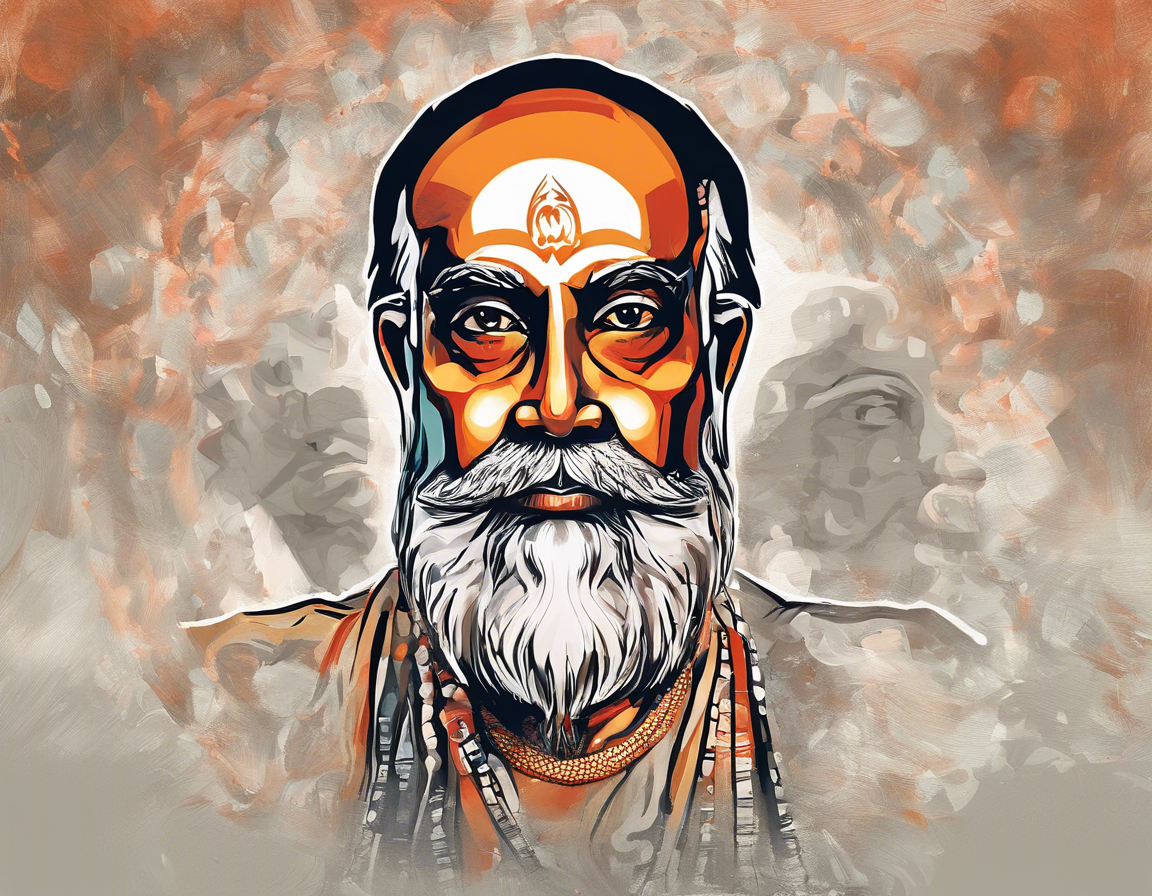The Bharat Chhodo Andolan or the Quit India Movement was a significant milestone in India’s struggle for independence from British colonial rule. Launched on August 8, 1942, the movement aimed to demand an end to British rule in India. Led by Mahatma Gandhi, the Quit India Movement marked a crucial phase in India’s fight for freedom and played a pivotal role in hastening the end of British colonialism in the country. This article delves into the history, significance, impact, and legacy of the Bharat Chhodo Andolan.
Background of the Quit India Movement
India had already witnessed various movements and protests against British rule, but the Quit India Movement was unique in its scale and intensity. By 1942, the Indian National Congress, under the leadership of Mahatma Gandhi, had been campaigning for the country’s independence for several decades. However, the British government’s reluctance to grant India freedom led to increased agitation among Indians.
Launch and Objectives
On August 8, 1942, at the All-India Congress Committee session in Bombay, Mahatma Gandhi delivered his famous “Do or Die” speech, calling for immediate independence and urging Indians to non-violently resist British rule. The Quit India Movement demanded the British to “Quit India” and leave the country, giving full control to Indians to govern themselves.
The objectives of the movement were multifaceted:
– Immediate Independence: The primary goal was to achieve complete independence without any delay.
– Civil Disobedience: Indians were urged to engage in non-violent civil disobedience, boycott British goods, and institutions.
– Establishment of a National Government: The movement aimed to establish a provisional government that would take charge after the British exit.
Key Events and Participants
The Quit India Movement witnessed widespread participation from people across all classes and regions. Students, peasants, workers, women, and political leaders joined hands in the struggle for independence. Some of the key events during the movement include:
- Arrest of Leaders: Within hours of Gandhi’s speech, on August 9, 1942, prominent leaders such as Gandhi, Jawaharlal Nehru, Sardar Patel, and others were arrested by the British authorities.
- Protests and Strikes: Despite the arrests, protests, strikes, and demonstrations erupted across the country. Railway lines were sabotaged, government buildings were set on fire, and telegraph wires were cut.
- Repression by British: The British responded harshly to the movement, employing brute force to suppress the agitators. Thousands were arrested, and many lost their lives in police firings.
Impact of the Quit India Movement
The Quit India Movement left a lasting impact on India’s struggle for independence and the subsequent course of events. Some of the notable impacts include:
- International Attention: The movement garnered international attention and support, bringing India’s quest for freedom into the global spotlight.
- Weakening British Authority: The movement severely weakened the British administration in India, forcing them to contemplate the future of their rule in the face of growing resistance.
- Empowerment of Indians: The spirit of the movement instilled a sense of empowerment and unity among Indians, strengthening their resolve to fight for freedom.
- Post-Independence: Although the movement itself was quelled by the British, its repercussions were felt in the years to come, culminating in India gaining independence in 1947.
Legacy of the Quit India Movement
The Quit India Movement holds a revered place in India’s independence struggle and continues to inspire generations. Its legacy is reflected in various aspects of Indian society and politics:
- Symbol of Resistance: The movement stands as a symbol of mass resistance against oppression and tyranny.
- Non-Violent Struggle: The emphasis on non-violence during the movement underscored its moral high ground and influenced future movements worldwide.
- Political Awakening: The movement sparked a political awakening among Indians, leading to increased participation in the fight for independence.
- Democratic Values: The ideals of democracy, freedom, and self-governance propagated during the movement laid the foundation for independent India’s democratic framework.
Frequently Asked Questions (FAQs)
-
What were the main reasons behind the launch of the Quit India Movement?
The main reasons were the failure of the British to grant independence, the impact of World War II on India, and growing discontent among Indians. -
How did the Quit India Movement differ from other freedom movements in India?
The Quit India Movement was unique in its call for immediate independence and the “Do or Die” spirit, demanding the British to leave India without delay. -
Who were some of the key leaders involved in the Quit India Movement?
Prominent leaders such as Mahatma Gandhi, Jawaharlal Nehru, Sardar Patel, Abul Kalam Azad, and others played crucial roles in the movement. -
What were the major forms of protests during the Quit India Movement?
Protests included strikes, demonstrations, boycotts of British goods and institutions, sabotage of railway lines, and civil disobedience. -
How did the British respond to the Quit India Movement?
The British authorities responded with arrests, mass detentions, use of force, and repression to quell the movement. -
What was the impact of the Quit India Movement on Indian society?
The movement empowered Indians, weakened British authority, gained international attention, and set the stage for India’s independence. -
How did the legacy of the Quit India Movement influence post-independence India?
The movement’s legacy is seen in India’s commitment to democracy, non-violence, and perseverance in the face of challenges.
In conclusion, the Bharat Chhodo Andolan, or Quit India Movement, remains a pivotal chapter in India’s history, symbolizing the unwavering spirit of its people in the pursuit of freedom and self-determination. The movement’s ethos of non-violence, civil disobedience, and national unity continue to inspire movements for justice and freedom around the world.
